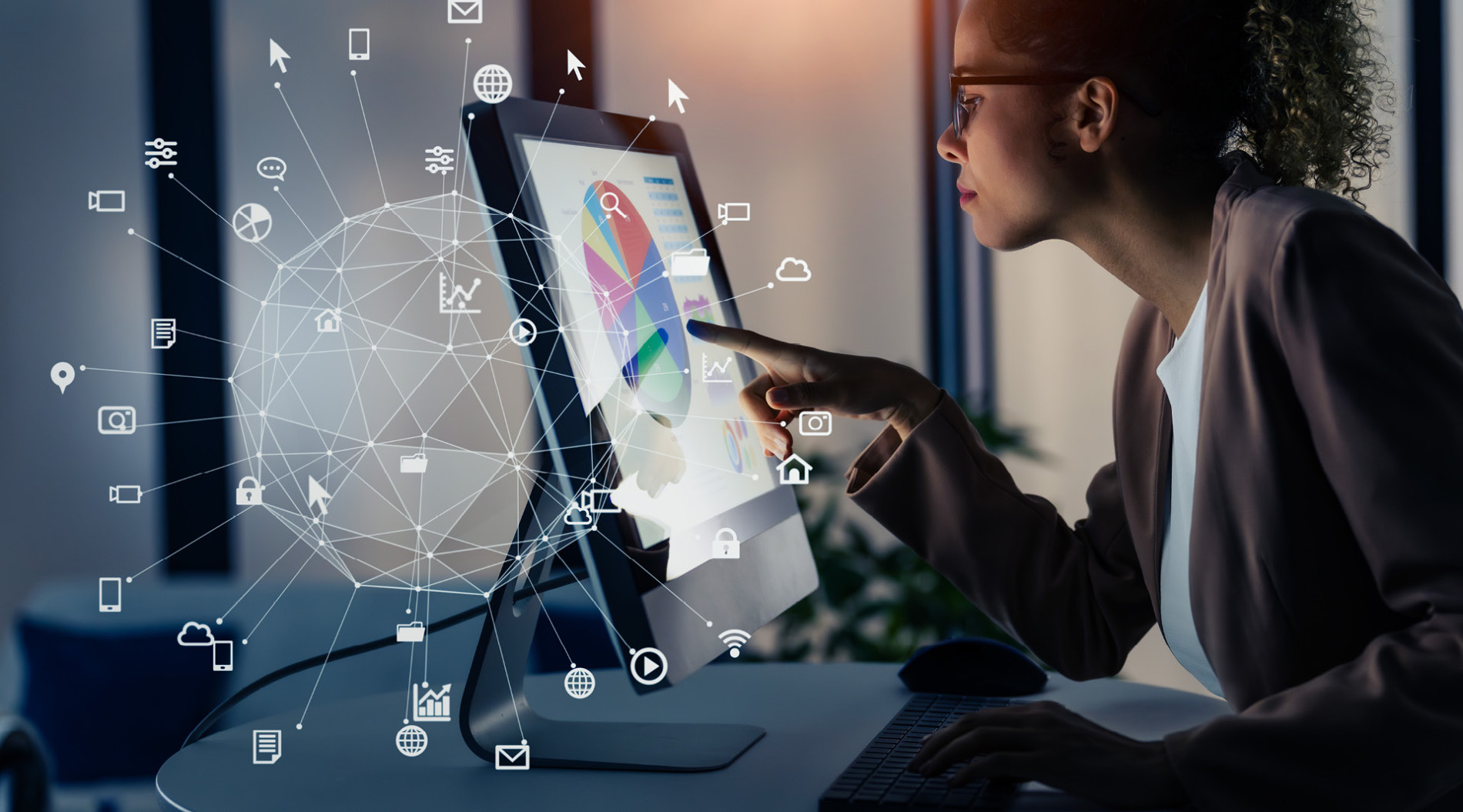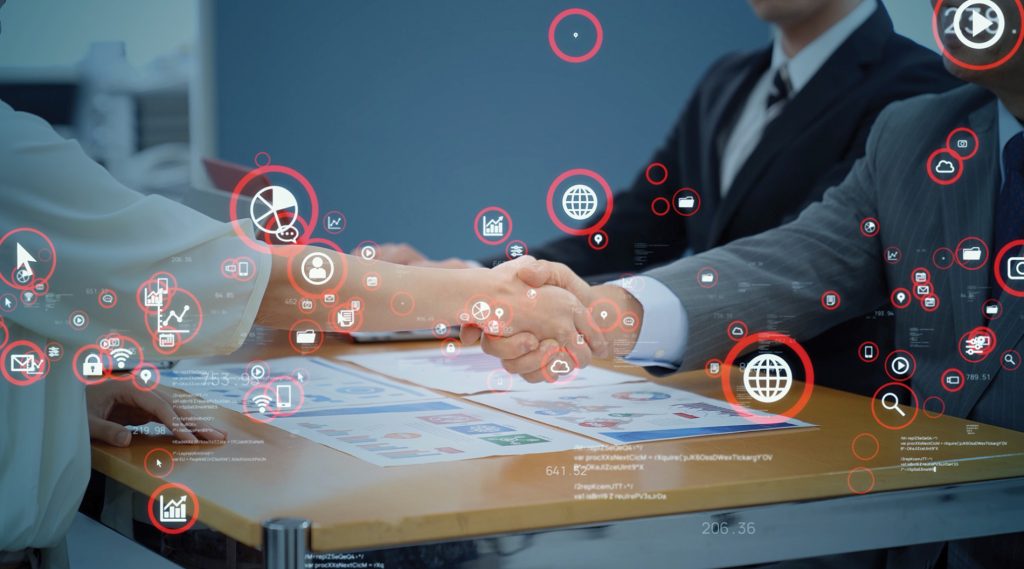Gamification of Employee Engagement: Leveraging Games and Technology to Drive Motivation and Performance
If your employees are uninspired and lacking in motivation, you may see the consequences in low productivity and poor workplace morale, and a flow-on into high staff turnover and its associated immense costs.
But there is a way to re-inject some spark and commitment into your workforce, and lift your employee retention rate. It’s called gamification.
It’s impossible to deny the current enthusiasm for gaming apps, especially those with social features like Pokémon GO, Super Mario and ROBLOX. Their popularity can be leveraged to introduce digitised gamification in the workplace, by applying game-like principles to everyday tasks. By integrating competition, progression and rewards – much like the gaming apps – employers can enhance engagement, foster collaboration and promote required outcomes. Conventional activities assume a more lively aspect, work becomes less mundane, and employee retention is likely to improve.
However, the success of a gamification program depends on tailoring the game elements with the organisation’s objectives and its employees’ inherent motivations.
Key components of gamification for employee engagement
Gamification can be applied to a wide array of activities, such as employee onboarding processes, sales and customer service challenges, and participation training or wellness programs and feedback surveys. It can be used to foster team collaboration, improve time management and productivity, enhance problem-solving and innovation, and lift employee retention.
It engages employees by incorporating some or all of the following elements:
- Challenges and quests: Structured tasks – or a series of tasks – test or enhance specific skills. Participants completing a challenge could earn points, badges or other incentives.
- Points: Points act as a scoring mechanism for effort or accomplishment, allowing employees to measure their achievements and progress. Accumulating points can lead to rewards or higher rankings.
- Leaderboards: Leaderboards – ranking tools displaying users in order based on their scores, badges or other metrics – introduce a competitive aspect, encouraging employees to improve performance and reach the top of the list.
- Badges: Badges reflect specific achievements or milestones reached. They serve as visual indicators of an employee’s capabilities, experiences, or expertise in a certain area.
- Feedback Loops: Real-time feedback loops provide immediate information to users about their performance. The feedback can be either positive or corrective, helping employees understand their progress, what they’re doing right, and areas in need of improvement.
- Time limits: Introducing a time constraint to challenges, quests or any other tasks can create a sense of urgency. It makes them more game-like and encourages employees to accomplish goals within the stipulated period.
These components can help to create an engaging and motivating work environment, enhancing productivity while ensuring employees find meaning and satisfaction in their tasks.
Effective use of gamification by leading organisations
Many of the world’s best-known companies have successfully introduced gamification to engage their staff, improve employee retention and further their organisational objectives.
Cisco
Cisco’s Connected Recognition platform uses gamification to recognise employees – and reward them with gift vouchers able to be exchanged for merchandise or experiences – for demonstrating the company’s core values. Employees can send ‘kudos’ to their peers, which are then displayed on a leaderboard. The platform encourages positive behaviours and collaboration.
Adobe
The Adobe Life app incorporates gamification to engage employees in wellness and health-related activities. Employees can participate in challenges, earn points, and compete on leaderboards by completing tasks like tracking steps, practising mindfulness, and more.
Benefits of gamification in enhancing employee motivation and performance
Gamification can tap into your employees’ natural desire for control over their own destiny, whether it is simply through having autonomy and choice or via their personal progress and achievements. For the benefit of not just your organisation but also the employees themselves, you can capitalise on the following gamification features to improve their motivation, performance, and productivity.
- Healthy competition: Since humans are inherently competitive, healthy competition can ignite their wish to excel, making tasks more engaging. Higher productivity is likely to result when employees strive to outperform their peers.
- Immediate feedback: Instant feedback, whether positive or constructive, provides clarity on an employee’s efforts. This recognition can boost morale and instil a sense of accomplishment or highlight areas for improvement.
- Collaboration: Collaborative games or tasks foster a sense of camaraderie and collective achievement. Working together towards a common goal can build stronger interpersonal bonds. Diverse skills and perspectives are brought together, leading to better solutions and greater innovation.
- Skill development: Achieving levels or unlocking badges for mastering new skills can be very satisfying. Employees become more competent and versatile in their roles, directly benefiting their performance.
- Behavioural change: Gamification can be used to promote and reward desired behaviours. Over time, these promoted behaviours can become habits, leading to a consistent improvement in performance and alignment with organisational goals.
- Data-driven insights: Data produced about employees’ progress benefits both them and their employer. For the employee, a tangible measure of their growth and efforts stimulates motivation and engagement. Employers can take advantage of these insights to understand employee strengths, weaknesses, and preferences, enabling them to tailor training, resources and tasks more effectively.
Designing effective gamification strategies for engagement and employee retention
A successful gamification strategy requires a comprehensive approach that matches motivation with organisational goals. These are the suggested steps:
- Clearly define objectives: Understand what you want to achieve with gamification. Is it to boost sales performance? Improve teamwork? Enhance skills development? List your specific objectives, ensuring that they are SMART (Specific, Measurable, Achievable, Relevant, and Time-bound).
- Align with organisational goals: Gamification should support larger organisational aims, ensuring harmony between individual motivation and company objectives.
- Personalisation options: Every employee is unique. Personalised gamified experiences, such as those offered by Deloitte, cater to individual preferences, and increase engagement. Offer employees choices in how they engage with gamified elements. This might include selecting specific challenges, setting their personal goals, or choosing reward preferences.
- Choose relevant metrics: It’s essential to measure the impact of gamification on employee engagement and performance. Depending on your objectives, select key performance indicators (KPIs) such as task completion rates, collaboration levels, or skill acquisition speed. Use analytic tools to monitor these metrics.
- Balance competition and collaboration: While competition can drive performance, unchecked rivalry might lead to stress and negative workplace dynamics. Be sure to incorporate both competitive elements (like leaderboards) and collaborative elements (such as team challenges or group rewards). This balance ensures employees strive for personal excellence while still valuing teamwork.
- Offer meaningful rewards: Rewards act as tangible representations of achievement and are key drivers of motivation in gamification. They could simply take the form of points and badges, but – like Cisco – also consider real-world rewards that employees value, such as additional leave days, or financial bonuses or gift cards if your budget permits.
The Game of Life and Work
Work doesn’t have to be a slog. It can be enjoyable, and play is a long-recognised learning tool – ask any kindergarten teacher. By introducing gamification, with its challenges, points and rewards, you’ll not only be following a trail successfully blazed by some of the world’s leading companies, you’ll also be creating benefits for your own organisation in the form of increased productivity and employee retention.
At Adecco, our team has plenty of ideas to help you with employee retention. Contact us to find out how we can work for you.











